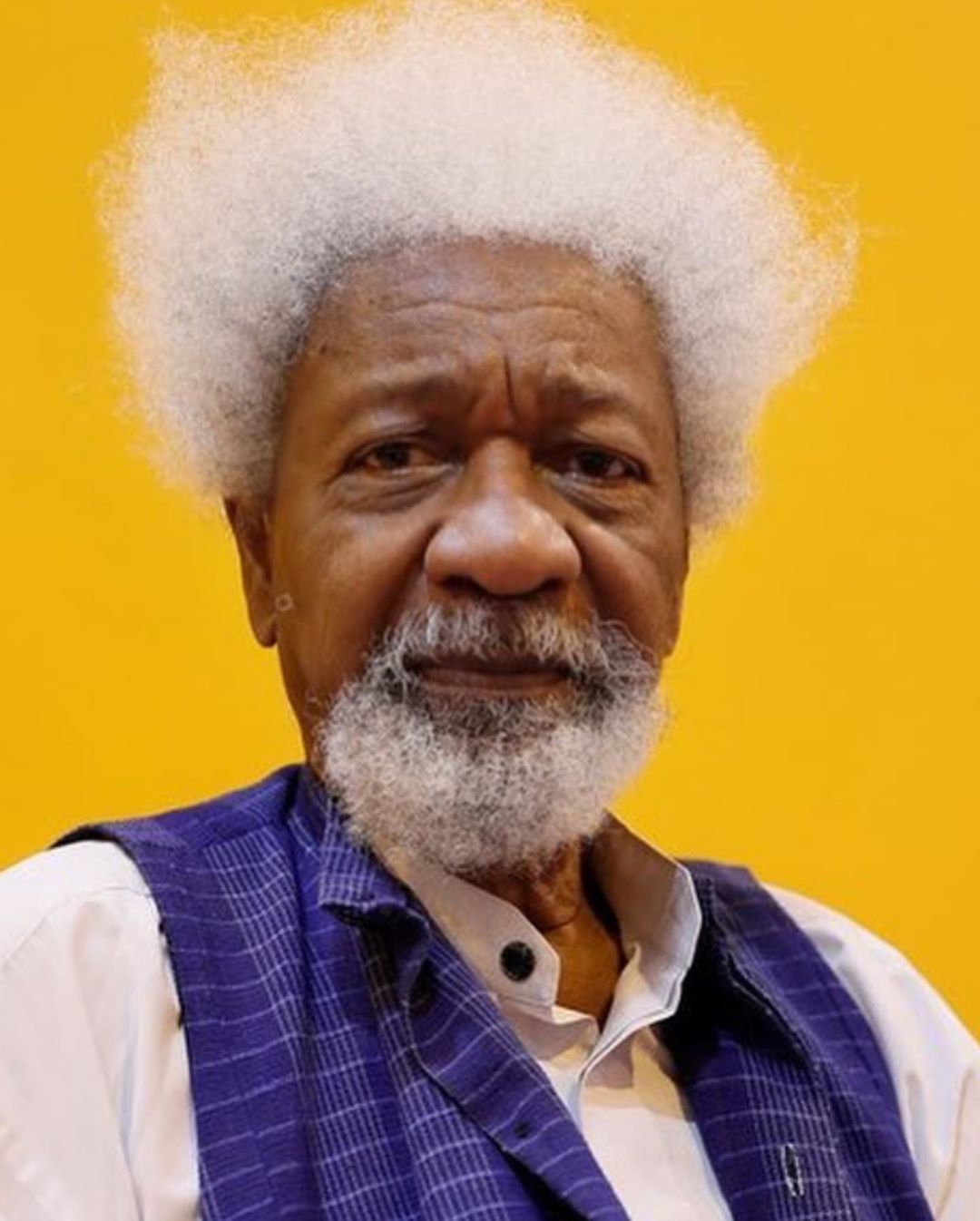
PM [1]
Rank : Helper
Status : Super Owner
#1

## Telephone Conversation by Wole Soyinka: Poetic Devices and Analysis
Wole Soyinka's "Telephone Conversation" is a powerful poem that uses vivid imagery and various poetic devices to expose the absurdity and insidiousness of racial prejudice. Here's a breakdown of some key devices and their impact:
1. Dramatic Monologue:
* The poem is written as a single-sided conversation, offering the reader a direct insight into the speaker's experience and thoughts.
* The reader is privy to the speaker's growing frustration and anger as the conversation progresses, creating a sense of immediacy and empathy.
2. Irony and Sarcasm:
* The speaker's initial polite and eager tone clashes with the landlord's blatant prejudice.
* The landlord's questions, like "Are you coloured?" and "What is your colour?", highlight the absurdity of reducing a person to their skin tone.
* The speaker's sarcastic responses, "Well, it's difficult to say," and "But I can assure you I'm not a monster," further emphasize the irony of the situation.
3. Symbolism:
"Colour":
The word "colour" is repeated throughout the poem, becoming a symbol of the landlord's prejudice and the speaker's frustration with being reduced to a category based on skin colour."White":
The colour white is often associated with purity and innocence. However, in the context of the poem, the white landlady represents the privilege and bias inherent in the system."Telephone":
The telephone becomes a symbol of the impersonal and dehumanizing nature of the interaction. It also creates a barrier between the speaker and the landlady, emphasizing the lack of understanding and empathy.4. Repetition and Rhythm:
* The repetition of phrases like "But you see," "I thought you said," and "And then I thought," creates a sense of urgency and frustration as the conversation unfolds.
* The rhythmic structure of the poem, with its alternating lines of dialogue and narration, mimics the flow of a real conversation, adding to the poem's immediacy.
5. Imagery:
* The poem is filled with vivid imagery that helps the reader visualize the speaker's experience.
* The description of the speaker's "dark" skin, the landlady's "white" tone, and the "white" house create a clear visual contrast between the speaker and the landlady.
* The speaker's frustration is further illustrated by the imagery of "boiling" and "bursting" as the conversation progresses.
6. Tone Shift:
* The poem starts with a relatively calm and polite tone, reflecting the speaker's initial hope for a positive interaction.
* As the conversation continues, the tone becomes increasingly sarcastic and angry, mirroring the speaker's growing frustration and anger.
* The final line, "I could only say, 'I'm coloured'," marks a shift in the speaker's tone from sarcasm to acceptance of the absurdity of the situation.
Analysis:
"Telephone Conversation" is a powerful indictment of racial prejudice and the dehumanizing effects of categorization. The poem's use of dramatic monologue, irony, symbolism, repetition, rhythm, imagery, and tone shift allows Soyinka to create a compelling and relatable experience for the reader. The poem's message continues to resonate today, highlighting the ongoing struggle against racism and the importance of recognizing and dismantling systems of discrimination.

[PM 8651]
Rank : Newbie
Status : Member
#2
Ok this will make it better

[PM 8673]
Rank : Newbie
Status : Member
#3
oK tHANKS